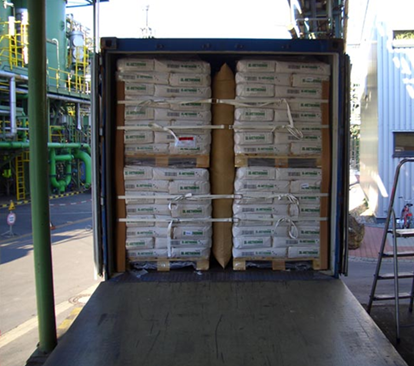eDiscovery Trends: Where Does the Money Go? RAND Provides Some Answers

The RAND Corporation, a nonprofit research and analysis institution recently published a new 159 page report related to understanding eDiscovery costs entitled Where the Money Goes: Understanding Litigant Expenditures for Producing Electronic Discovery by Nicholas M. Pace and Laura Zakaras that has some interesting findings and recommendations. To obtain either a paperback copy or download a free eBook of the report, click here.
For the study, the authors requested case-study data from eight Fortune 200 companies and obtained data for 57 large-volume eDiscovery productions (from both traditional lawsuits and regulatory investigations) as well as information from extensive interviews with key legal personnel from the participating companies. Here are some of the key findings from the research:
- Review Makes Up the Largest Percentage of eDiscovery Production Costs: By a whopping amount, the major cost component in their cases was the review of documents for relevance, responsiveness, and privilege (typically about 73 percent). Collection, on the other hand, only constituted about 8 percent of expenditures for the cases in the study, while processing costs constituted about 19 percent in the cases. It costs about $14,000 to review each gigabyte and $20,000 in total production costs for each gigabyte (click here for a previous study on per gigabyte costs). Review costs would have to be reduced by about 75% in order to make those costs comparable to processing, the next highest component.
- Outside Counsel Makes Up the Largest Percentage of eDiscovery Expenditures: Again, by a whopping amount, the major cost component was expenditures for outside counsel services, which constituted about 70 percent of total eDiscovery production costs. Vendor expenditures were around 26 percent. Internal expenditures, even with adjustments made for underreporting, were generally around 4 percent of the total. So, almost all eDiscovery expenditures are outsourced in one way or another.
- If Conducted in the Traditional Manner, Review Costs Are Difficult to Reduce Significantly: Rates currently paid to “project attorneys during large-scale reviews in the US may well have bottomed out” and foreign review teams are often not a viable option due to “issues related to information security, oversight, maintaining attorney-client privilege, and logistics”. Increasing the rate of review is also limited as, “[g]iven the trade-off between reading speed and comprehension…it is unrealistic to expect much room for improvement in the rates of unassisted human review”. The study also notes that techniques for grouping documents, such as near-duplicate detection and clustering, while helpful, are “not the answer”.
- Computer-Categorized Document Review Techniques May Be a Solution: Techniques such as predictive coding have the potential of reducing the review hours by about 75% with about the same level of consistency, resulting in review costs of less than $2,000 and total production costs of less than $7,000. However, “lack of clear signals from the bench” that the techniques are defensible and lack of confidence by litigants that the techniques are reliable enough to reliably identify the majority of responsive documents and privileged documents are barriers to wide-scale adoption.
Not surprisingly, the recommendations included taking “the bold step of using, publicly and transparently, computer-categorized document review techniques” for large-scale eDiscovery efforts.
So, what do you think? Are you surprised by the cost numbers? Please share any comments you might have or if you’d like to know more about a particular topic.
Disclaimer: The views represented herein are exclusively the views of the author, and do not necessarily represent the views held by CloudNine Discovery. eDiscoveryDaily is made available by CloudNine Discovery solely for educational purposes to provide general information about general eDiscovery principles and not to provide specific legal advice applicable to any particular circumstance. eDiscoveryDaily should not be used as a substitute for competent legal advice from a lawyer you have retained and who has agreed to represent you.





